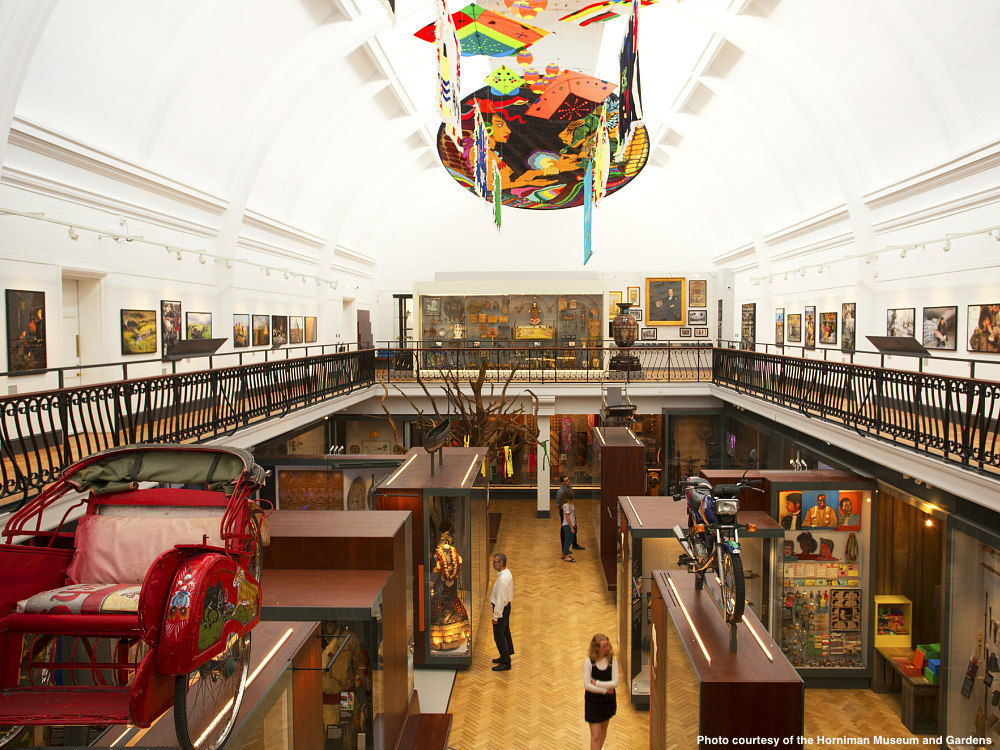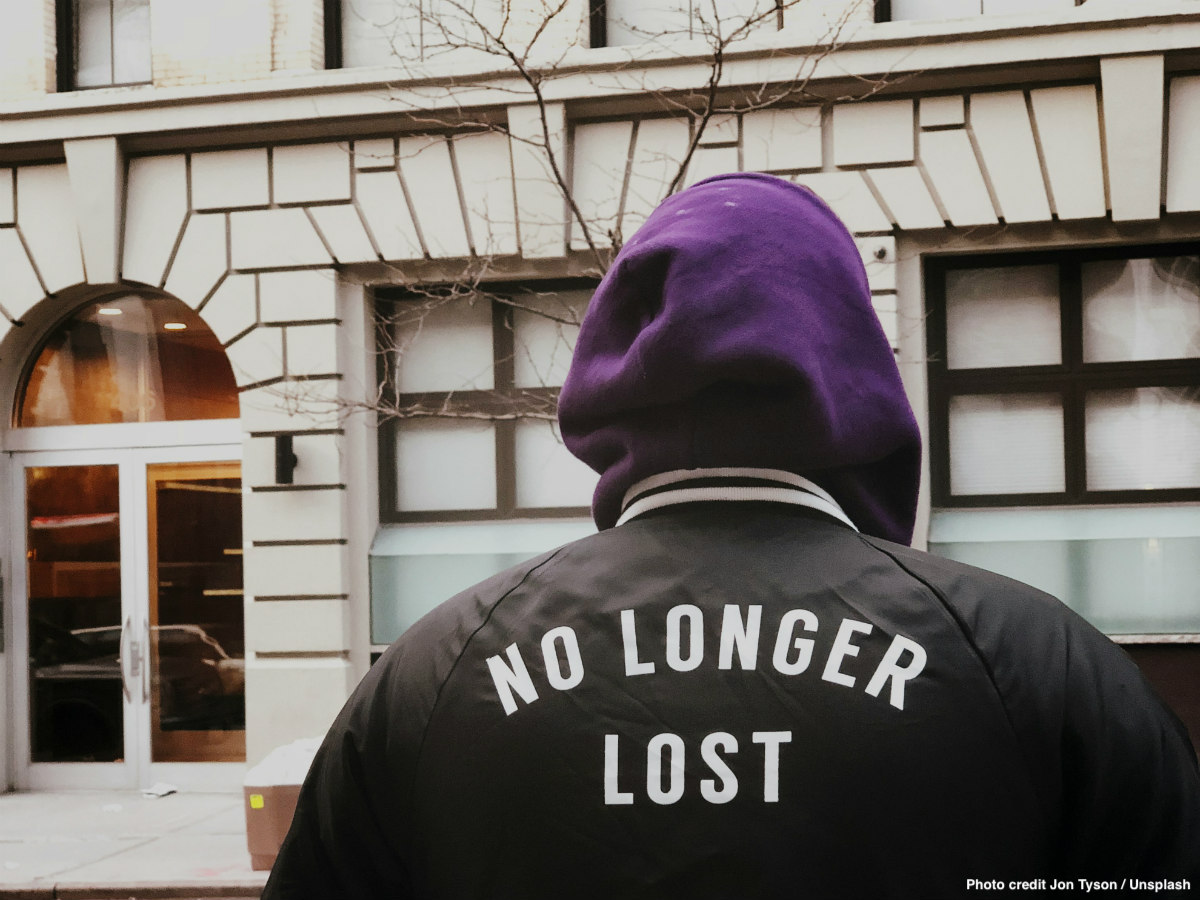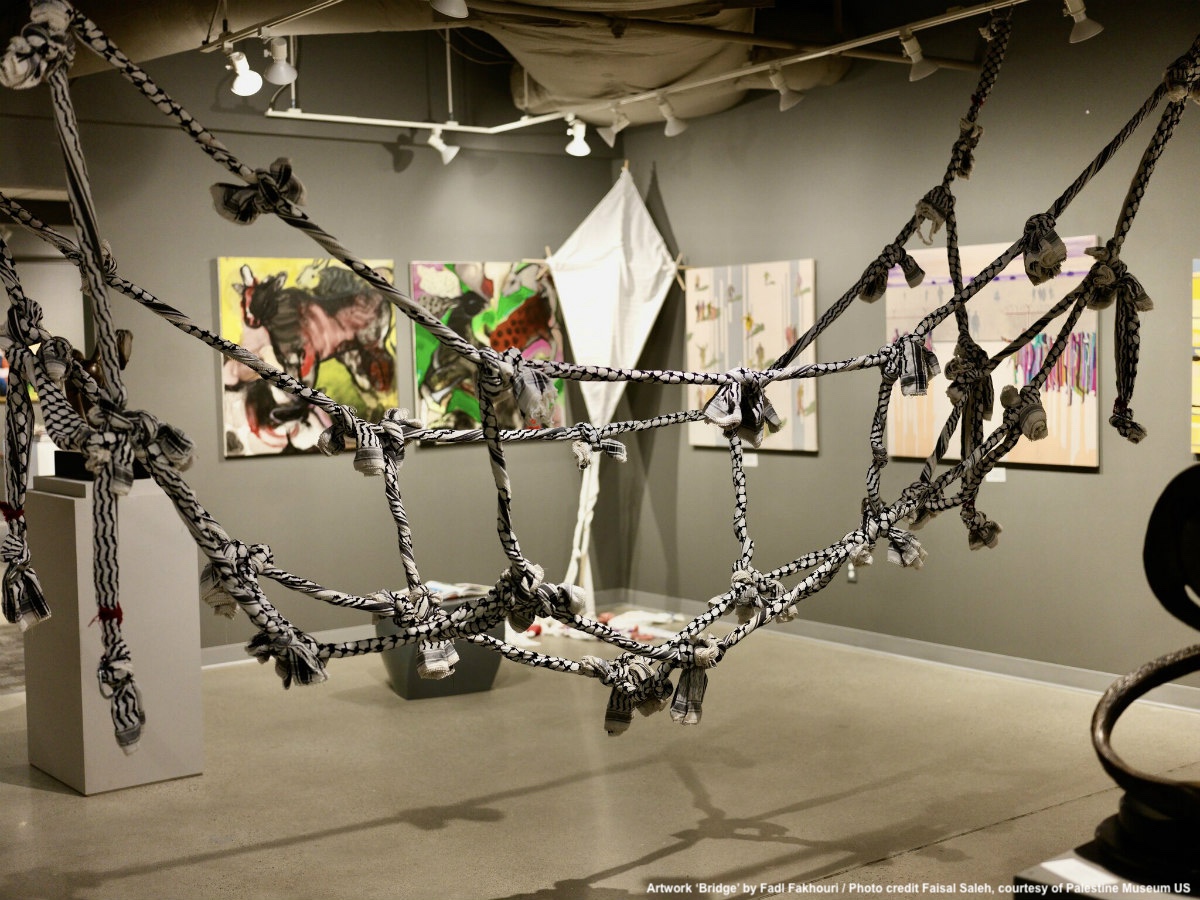When Nick Merriman arrived as Director to the Horniman Museum in South London four years ago, 350,000 or so objects made up the collections, a stunning number that was not always used in exhibitions. But the spirit around those objects was not a throwback to another era, he explained, they can be utterly contemporary. Dusting off common knowledge to suggest alternative narratives with the involvement of the community has put the Museum at the beginning of an honest journey; one that lightens active citizenship in the heavy atmosphere of our times.
Hairbrushes and swords came out of the dark to discuss ‘tricky topics’ like hair, something that the Museum staff chose for being universal but at the same time entangled with race and discrimination. In its past exhibition called Hair: Untold Stories, the Museum worked with local hairstylists and activists to surprise visitors with personal stories about hair in South London salons, which truly act as social centers for the Black and Brown communities, explains Merriman.
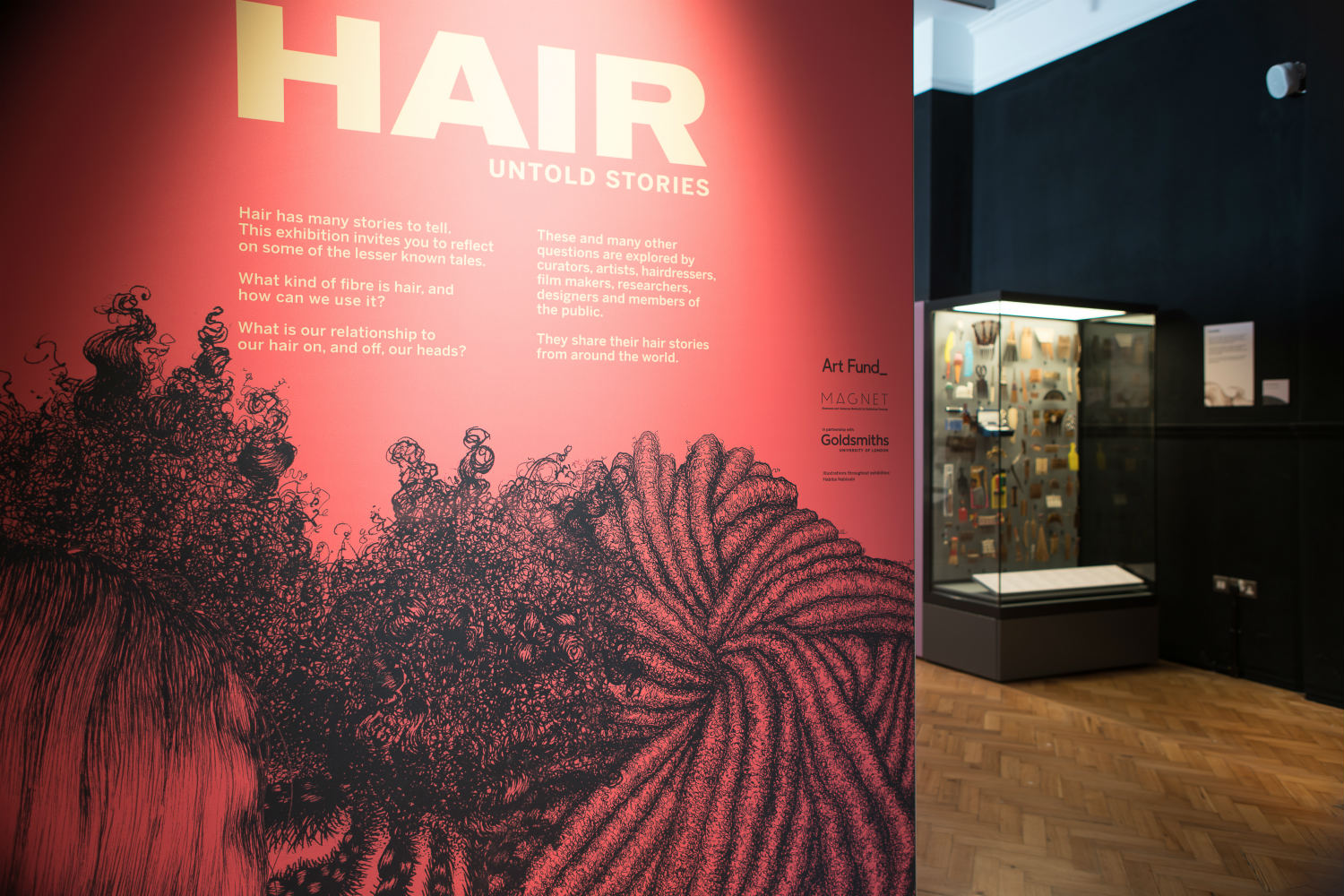
The exhibition also showcased tales of global hair trade networks. From hair cuts in India that appear in wigs in London for young cancer patients to hair booms used to clean up diesel spillages in the ocean. The Museum explored hair as a remarkable resource from a global perspective while being outspoken about intrusive microaggressions attached to hair commonly experienced by the Black, Brown and Asian communities.
Two years before Hair, on World Oceans Day, the Museum presented the tanks of its aquarium with its usual marine species swimming around plastic debris, plastic bottles, bits of net. This intervention called Beat Plastic Pollution caused a strong reaction in the public freighted with emotion. In another tank, where usually jellyfish smoothly circulate in a beautiful blue background, the Museum replaced them with white plastic bags.
People expect nature and heritage to be as we wish for.
Having recently declared an ecological and climate emergency, the Museum is determined to live by example. The water of the aquariums is recycled for the gardens where a micro forest using the Miyawaki method has been planted in its western section – which is the narrowest strip and closest to a busy London Road. In the Bee Garden was standing “Flower Girl” by local artist Jasmine Pradissitto, the first public artwork to be made from a material that absorbs NOx air pollution and helped bees thrive even if they live close to that busy road. Now the Bee Garden hosts several bee hotels amid 45 native species of wildflowers and grasses. The Museum has also created the Environmental Champions Community, a group of like-minded people working to reduce their emissions and waste and promote biodiversity.
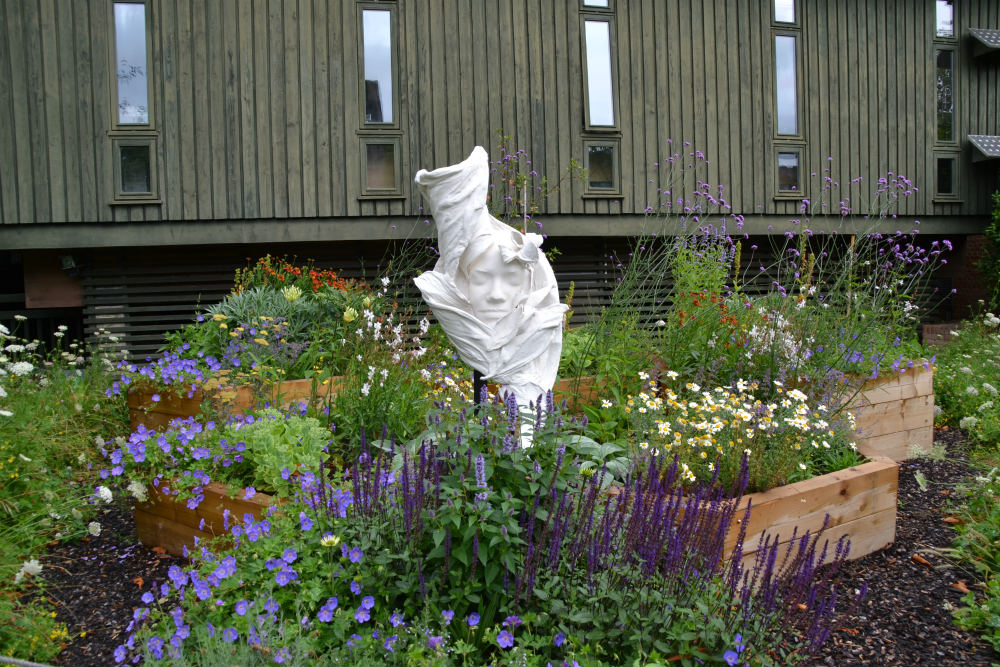
Natural world and cultural understanding uniquely co-exist in London at this Museum and Gardens. Merriman picked up on that thread to make its correlation central to the Museum’s mission and help visitors understand a disrupted world. “There’s a perception that climate issues are just a middle-class’ concern, although the climate crisis disproportionately affects disadvantaged communities and people of colour. In fact the Climate emergency is a legacy of colonialism, as Greenpeace UK recently said,” reckons Merriman.
The recent report issued by Greenpeace UK warns of visible inequalities in the UK where, for instance, almost half of all waste-burning incinerators are in areas with high populations of people of colour. In London, black people are more likely to breathe illegal levels of air pollution.
Displays are not objective, let’s work with it, rather than ignore it.
The Horniman Museum doesn’t shy away from its colonial past, instead it has confronted it with fairness and by disrupting the way museums operate. Like most other anthropology collections, the Horniman has objects obtained through colonial violence, taken by force or in unequal transactions. The Museum’s founder Frederick Horniman was a tea merchant, and although he was a social reformer, his wealth was reliant on the exploitation of people living in the British Empire.
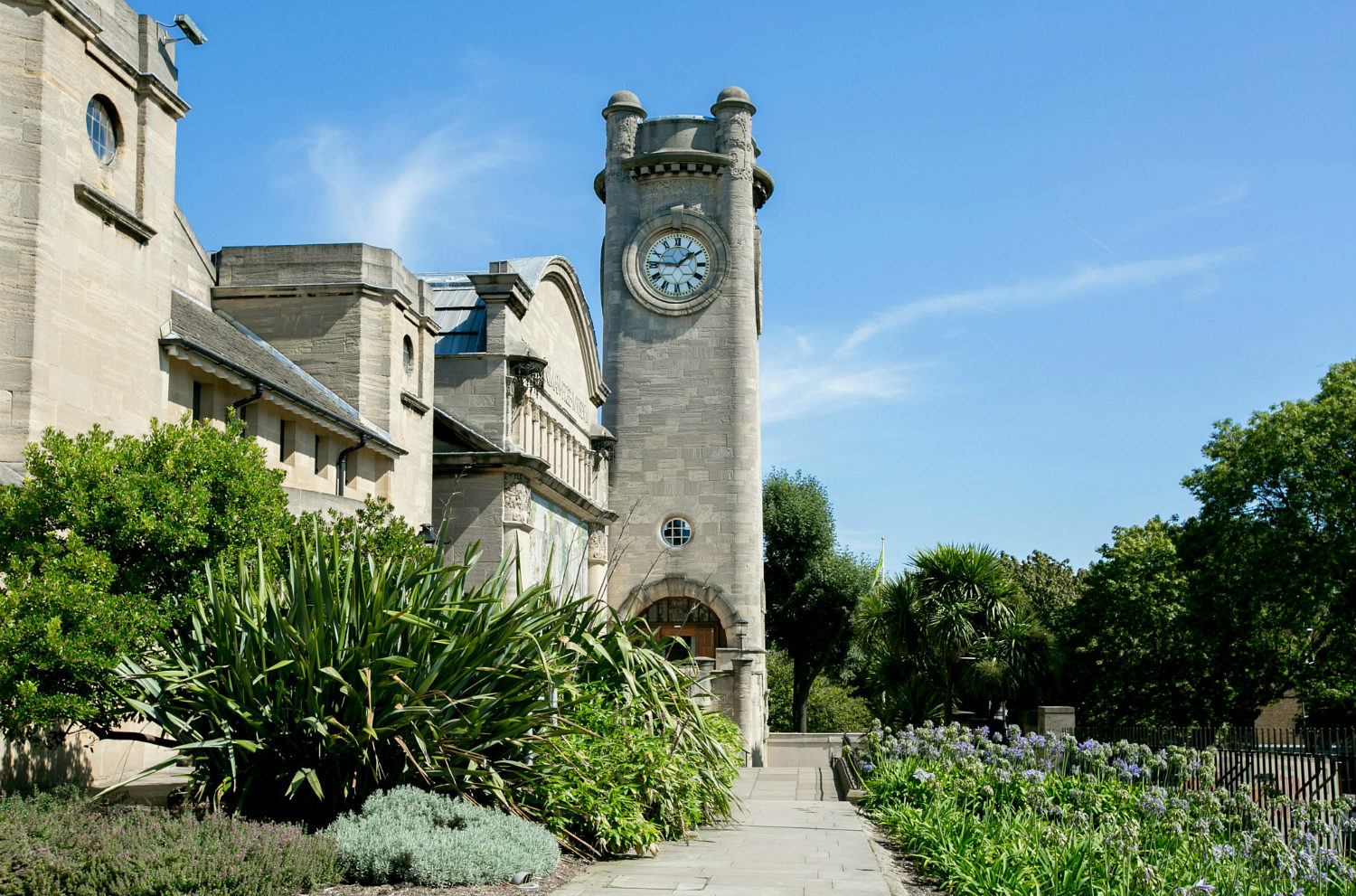
I asked Merriman if it might be the colonial legacy that made museums present a distorted reality of humanity (what we want to see) and not what we have caused in nature and history in general. “One of our reflections when we did the Beat Plastic Pollution intervention is that people expect museums to be nice,” explains Merriman. “People expect nature and heritage to be as we wish for.”
The practice at the Horniman Museum is a welcome truth of our world. Merriman is not experimenting with this Museum. Museums’ controversies have been already challenged with artistic interventions like covering the extinct species with white sheets at the Bristol Museum or removing all male species with few females left in the Manchester Museum where Merriman was working before. The message was clear, “displays are not objective, let’s work with it, rather than ignore it.”
His focus on the true mission of the Museum has unleashed exhibitions, concerts supporting local music and collaborating with local members in many ways. The Museum hosts objects from around the world but it is in constant dialogue with the local community. The Community Action Research (CAR) project engages researchers from the local community to better understand collections from multiple perspectives.
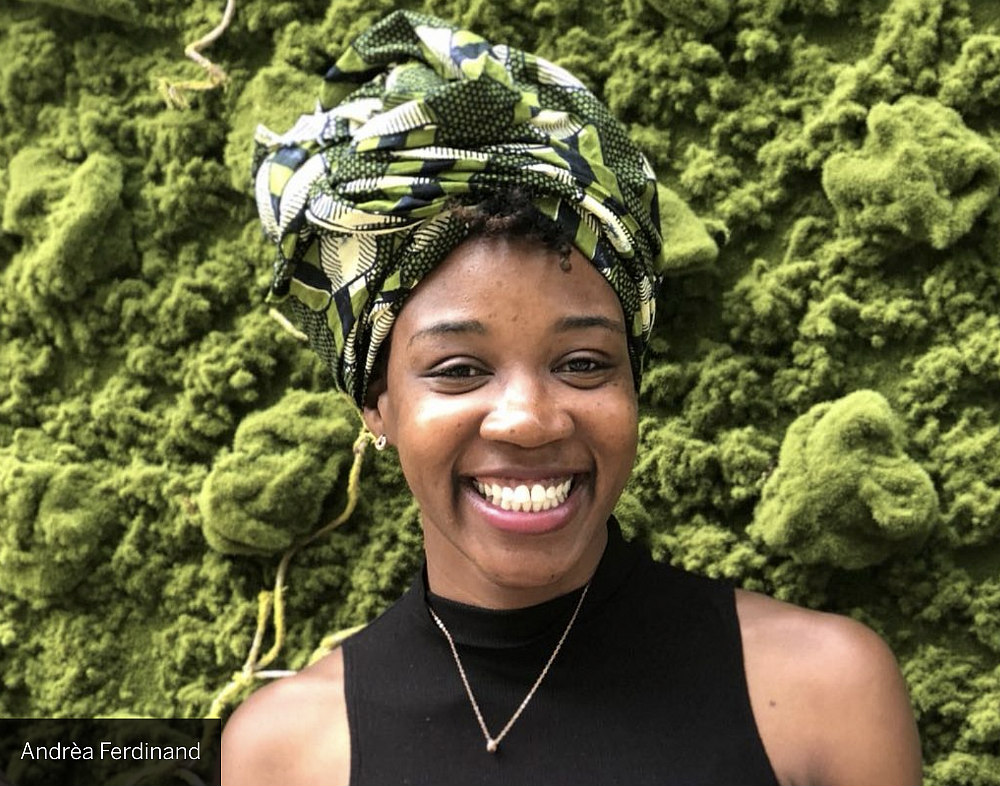
One member of the CAR is Andrèa Ferdinand, a multi-disciplined wellness practitioner and licensed social worker, who seeks “to understand the intersections of food, wellness, and social justice, particularly their relationship to ancestral knowledge and practices.” Another member, Sherry Davis, a musician and filmmaker, explains that “As a born and raised South-Londoner with fond childhood memories of the Horniman, I’m eager to explore the African collections and present my findings through music and film.”
Globally connected, locally engaged, the Horniman finds a balance between the global citizen who cares about world issues but makes changes in their smaller community. In the words of Dame Diane Lees, judge for Art Fund Museum of the Year 2022, awarded this year to the Horniman Museum, the team “bring the eclectic collections of Frederick Horniman new relevance with diverse communities.”
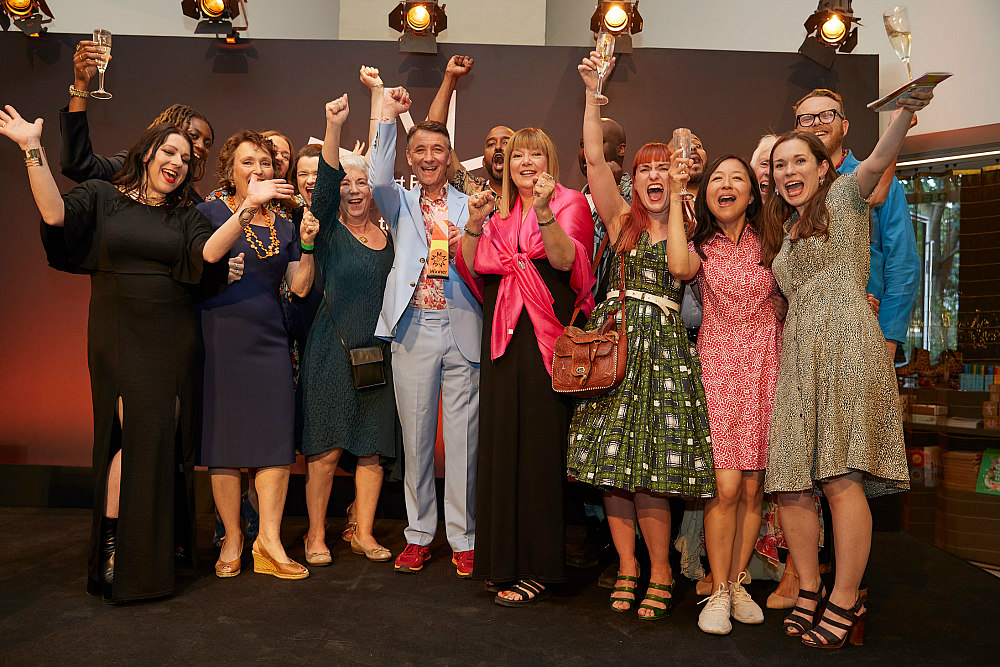
“We have got internationally important collections but we have a local audience unlike other well-known museums in London with more tourists as visitors,” explains Merriman. The museum has developed long term relationships with its audience because people come to the Museum over generations. It is a big audience but perhaps 30 years ago the audience was more diverse, and Merriman adds that the growth has been in a middle class white audience. “We aim at widening the audience and making the museum more accessible to everybody.”
“Museums are really for everyone, no matter religion or culture. They are true civic spaces and play an incredible role as safe universal spaces for human beings.” For the first time, continues Merriman, more people are going to museums than to the Church in England. “Museums are organisations with massive reach, there’s 80 million visits made to museums each year. ”
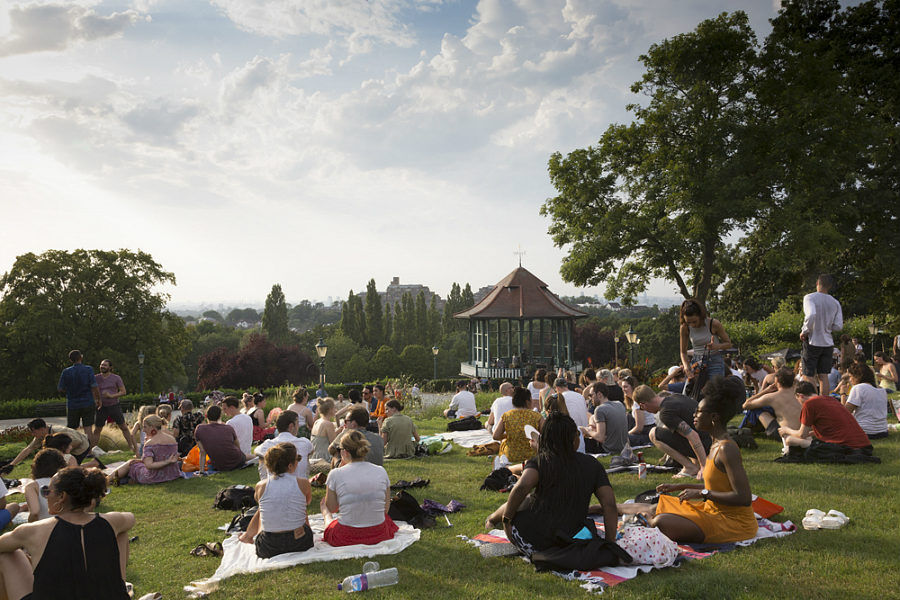
Merriman pointed to the Ipsos Veracity Index which is the longest-running poll on trust in professions. In 2021 museum curators were Britain’s most trusted professions after doctors, librarians, nurses and teachers. “I guess because they haven’t got an angle to push.” But he remains cautious. “It is hard to get that position and easy to lose it because clearly you get scrutiny by the public all the time.”
However the fact that museums remain highly trusted by the public ratifies that they have a great opportunity in their hands to create a network of active citizens. Rather than activism, Merriman explains that the Horniman is making people aware of important issues and empowering them with trustful narratives to challenge policy makers and politicians. “We are not activists per se but rather in the way we are changing the museum’s practice.” And he ends by saying “the museum profession is actually quite radical.”
